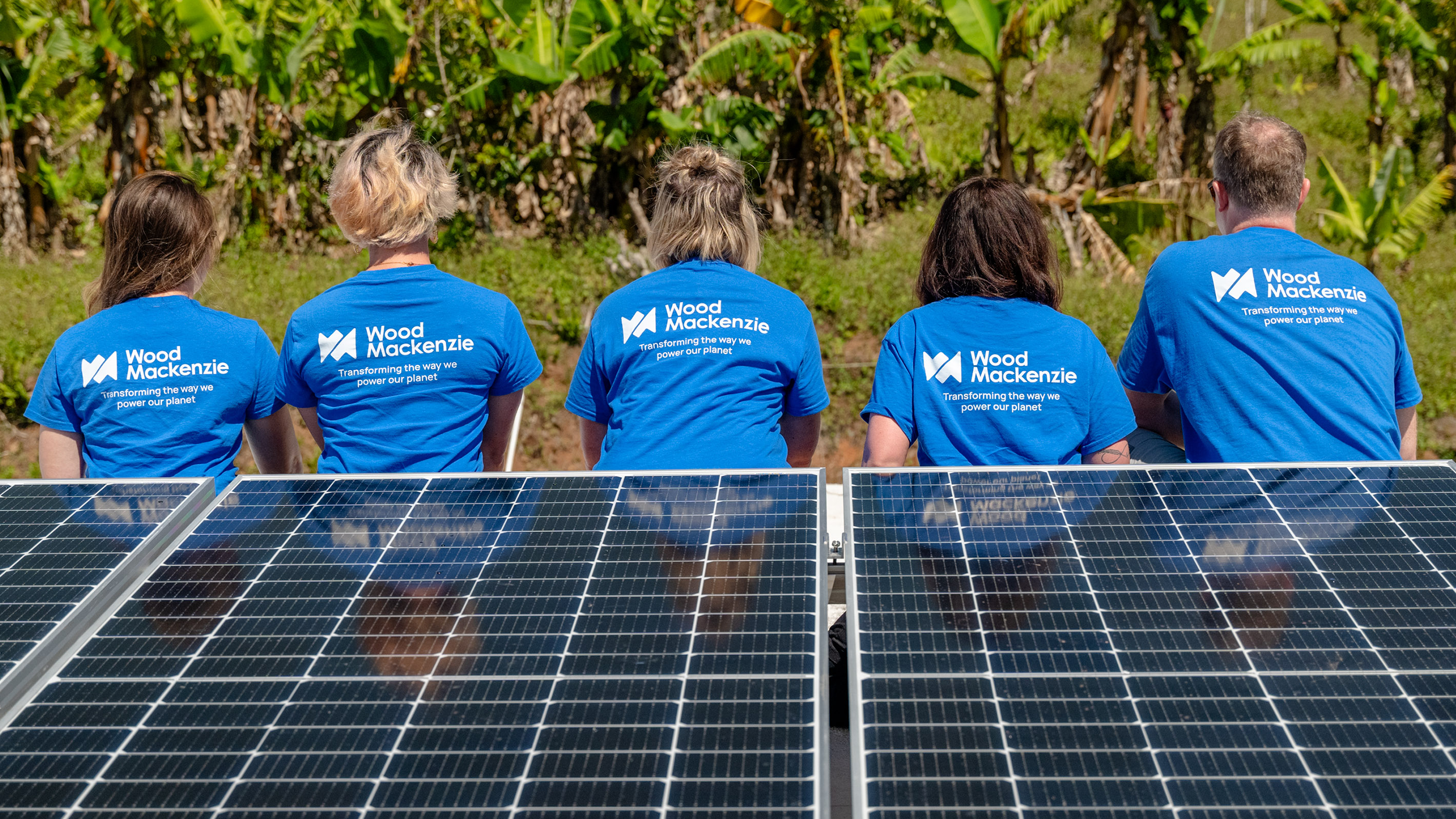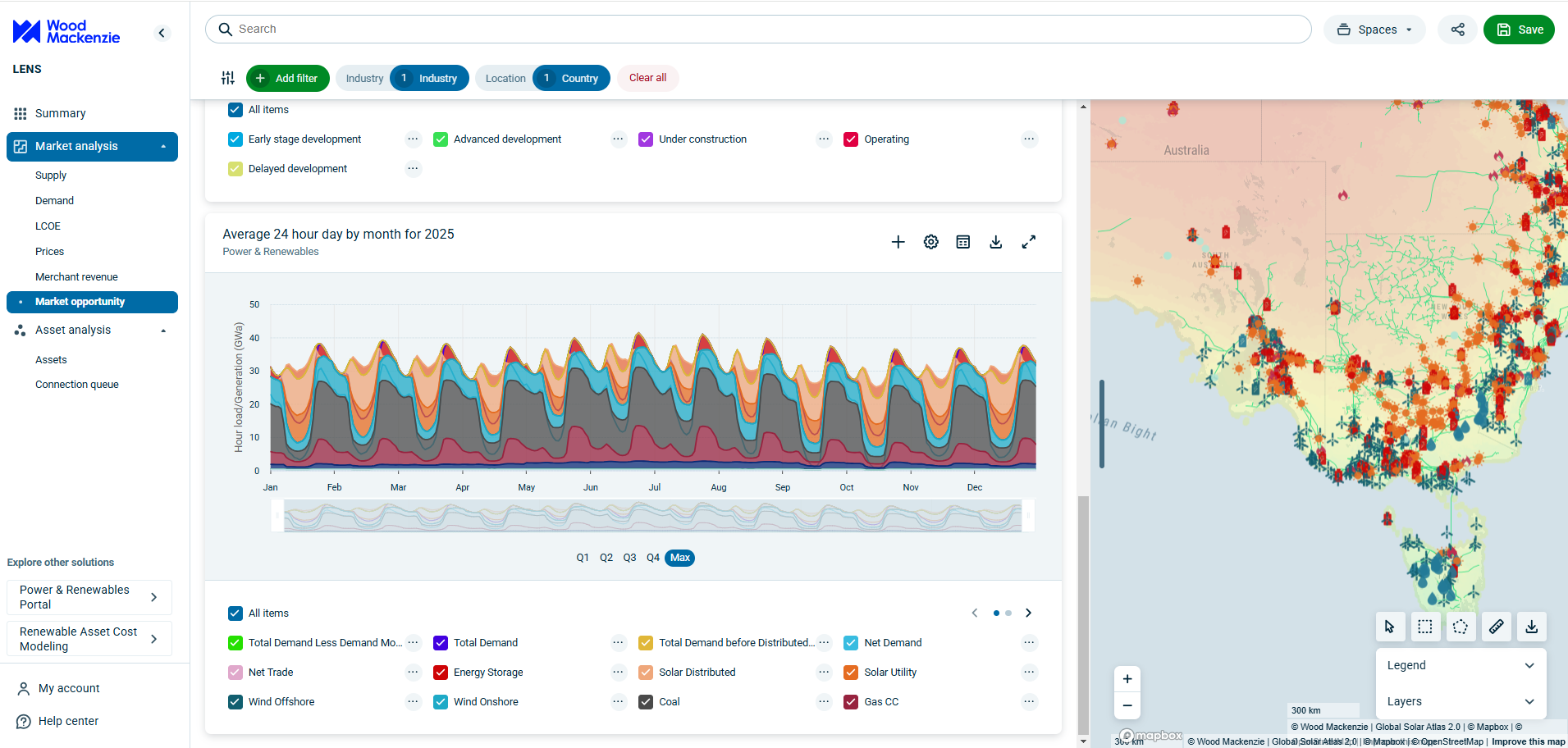Will Covid-19 push residential solar system prices up – or drive them down?
Two scenarios for residential PV system pricing in 2020
1 minute read
Covid-19 has hit the residential solar market hard. Residential PV system pricing is expected to be impacted the most in 2020, due to the shorter project cycles. While C&I and utility-scale system costs will be impacted, the risk is low.
The full impact of Covid-19 and a global recession is not yet fully known, especially with the recent influx in Covid-19 cases in parts of the US. There are a few key variables that may cause residential system prices to either further decline or increase in 2020. Here we examine two possible scenarios. One in which prices are pushed down by falling consumer demand, and another in which higher installation costs and market consolidation cushion the fall.
1. A low case for residential solar PV system prices
According to the latest research from Wood Mackenzie, residential rooftop system prices are expected to land at $2.87/Wdc in 2020, assuming mono PERC modules and DC optimizers. WoodMac estimates that the potential for prices to decline beyond this in 2020 will be largely driven by module prices, followed by customer acquisition costs (CAC), permitting & inspection costs, and EPC margin.
Wood Mackenzie’s official view is that we're entering a global recession, with GDP declining 4.9% YOY from 2019 to 2020. As the economic downturn puts a dampener on consumer spending and solar demand as a result, module manufacturers have reduced their margins to stay competitive considering the module oversupply the market will experience in 2020. Furthermore, module suppliers have seen a decline in supply chain costs such as wafers and cells, which also led to reduced prices, though not Covid-19 related. Because of increased risk to oversupply, module prices may come down faster than anticipated in 2020.
Covid-19 has also disrupted traditional sales and lead generation practices. Driven by large national players, average 2020 customer acquisition costs have potential to be lower than currently forecast. The larger companies that relied heavily on door-to-door sales efforts, had to retrain their salesforce to virtually sell solar. Even solar companies that had established virtual sales processes prior to the pandemic, likely performed in-person meetings to help close the deal. While these new efforts may have required additional investment, they also allow companies to educate and market to a larger audience, while saving on travel costs. If these online efforts prove to be lucrative throughout 2020, they could contribute to lower CAC. Furthermore, these widespread online sales efforts may also yield benefits for installers that continue to rely heavily on referrals, as they generate increased solar awareness across markets.
Authorities Having Jurisdiction (AHJ) and utilities have also shifted to virtual processes, with online permitting and virtual inspections, due to social distancing measures. Virtual inspections likely have cost-saving implications as travel costs are eliminated, and digital permitting prevents the need to pick up/drop off documents in person. While this adoption process has been slower than anticipated and will only become more difficult as businesses reopen and AHJs become occupied with other industries’ needs, there is still potential for reduced costs.
While some soft costs and module prices have potential to come down further than forecast, there is more potential price reduction through margin decline. While the pandemic has impacted residential solar sales across the nation, EPCs are laser-focused on how to continue selling solar, especially as we enter a global recession. While a slightly reduced system price is unlikely to be the deciding factor for whether a customer purchases a system during a time of economic uncertainty, companies will still strive to stay competitive and margins may be squeezed as a result.
2. What will keep residential PV system prices elevated in 2020?
There is also risk to residential prices being slightly higher than originally forecast, but even so, system prices are still expected to decline YOY from 2019 to 2020.
The safety of employees is a top priority for solar companies. Residential labor costs may rise, as solar companies stagger crews to comply with social distancing measures and disinfect shared surfaces and tools, while limiting the use of shared tools when possible. These measures may result in reduced productivity, as well as increased truck roll(s) per job, as installation crews may need extra time to complete each stage of the installation. However, solar installers may choose to absorb any near-term cost increases, instead of passing them along to the customer in the system price.
While installer margins have potential to be squeezed further in 2020 due to high competition during a time of suppressed demand, WoodMac also expects the residential solar market to consolidate further by the end of the year. Due to anticipated market exits, the resulting reduction in installer competition may allow companies to maintain healthier and slightly higher margins by the end of the year if they were squeezed previously.





